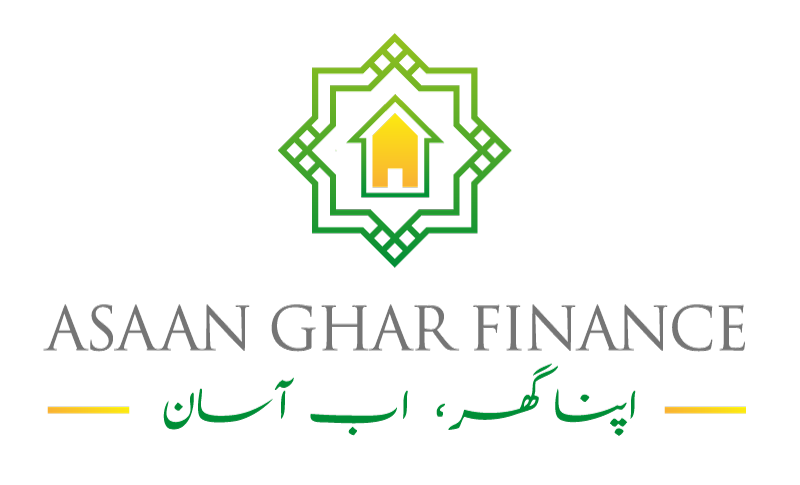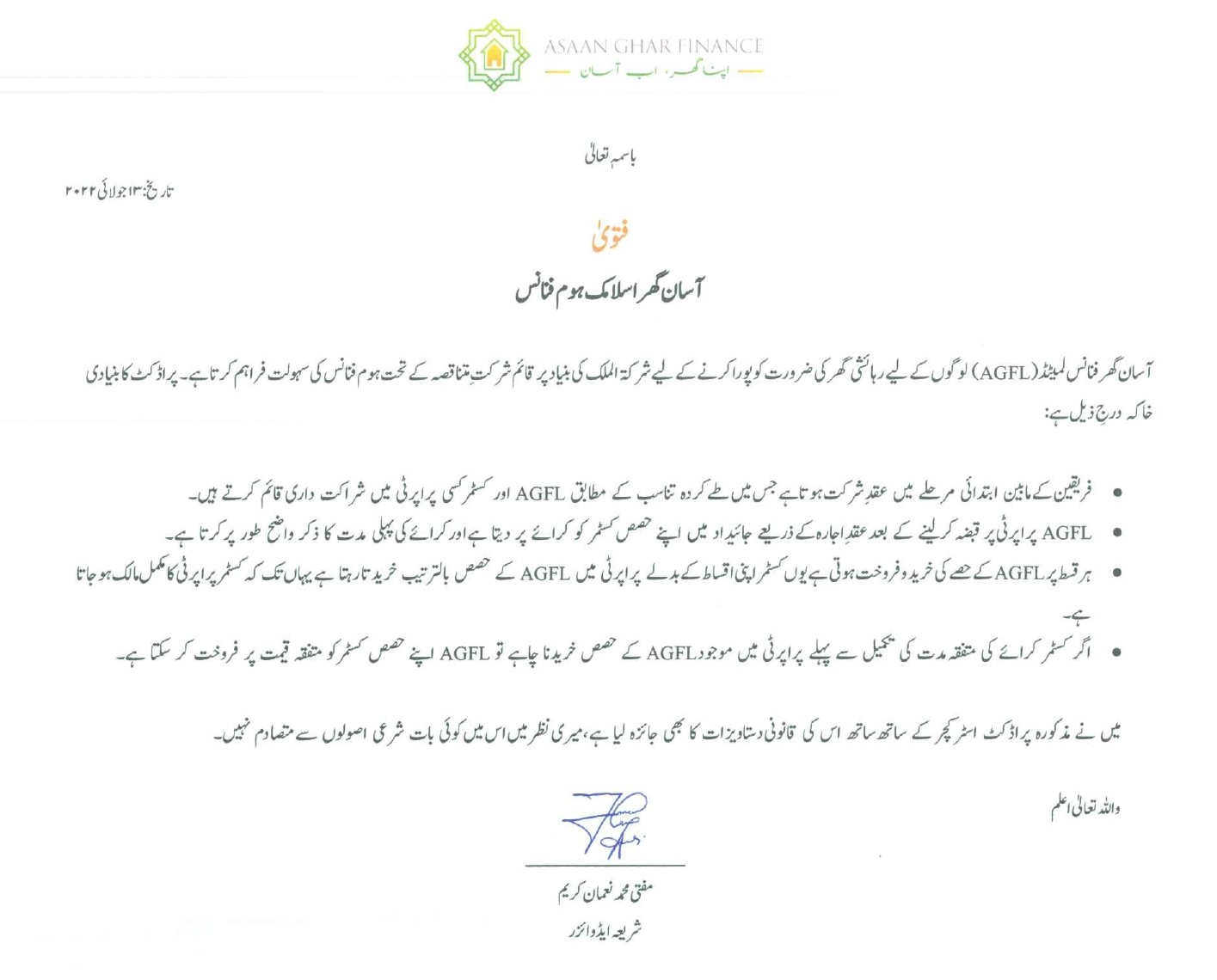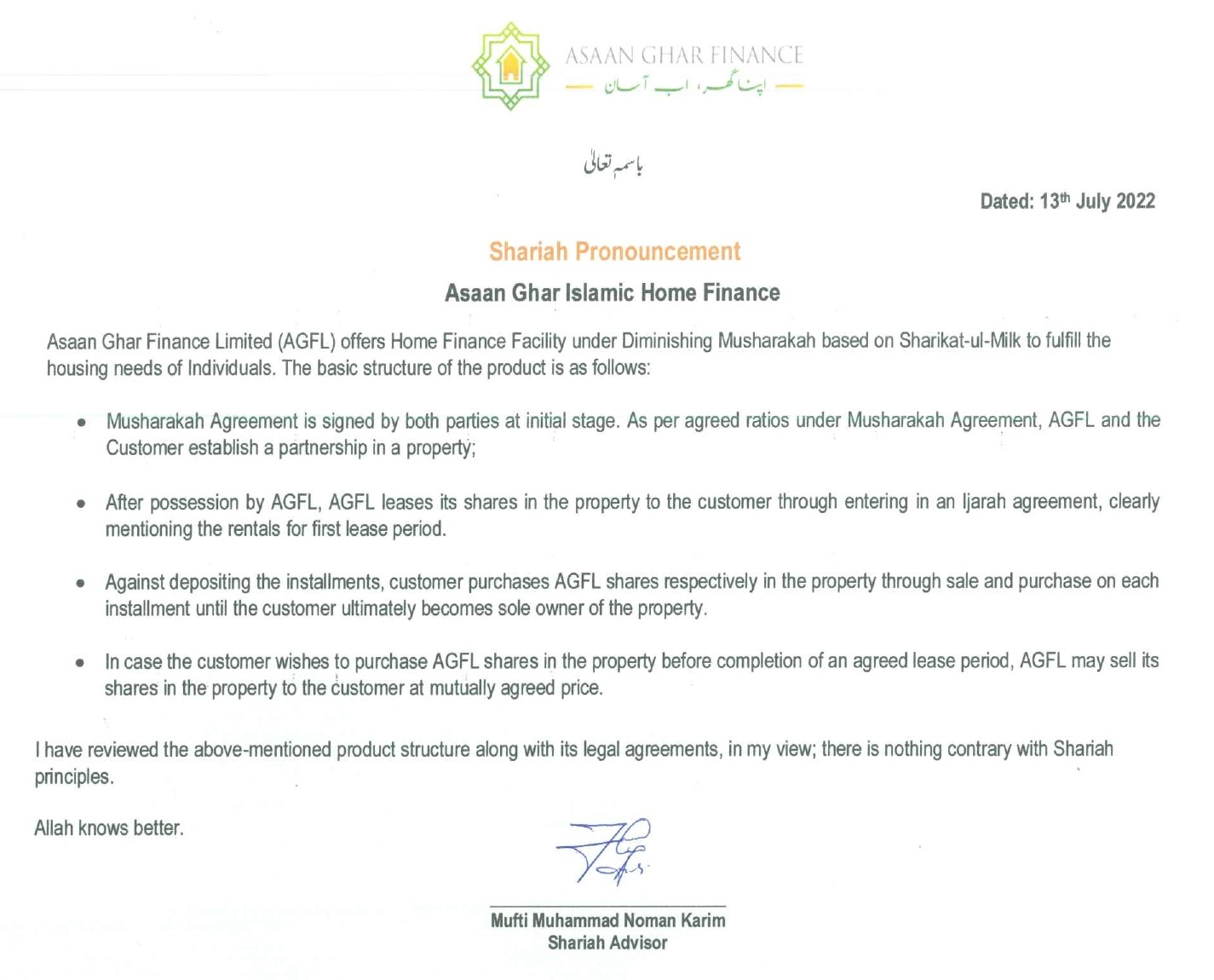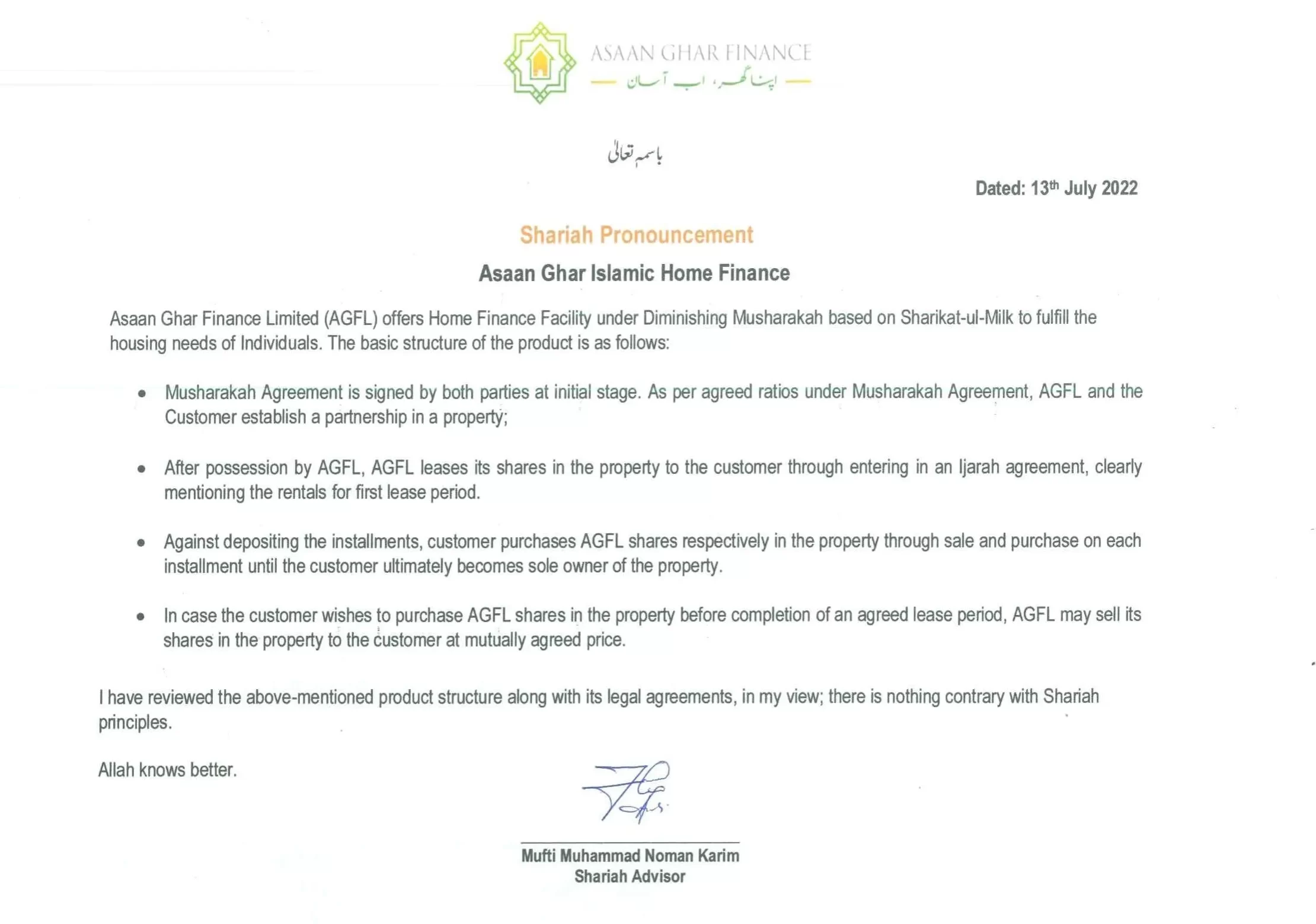
Islamic Home Loans vs. Conventional Bank Loans: Which One is More Affordable in 2025?
With property prices continuing to surge and interest rates remaining unpredictable in 2025, homeownership is becoming increasingly challenging for the average Pakistani family. As aspiring homeowners weigh their options, a common dilemma emerges: Islamic home loans vs bank loans affordability in 2025—which is the smarter choice?
Islamic home loans are structured around asset-backed models like Diminishing Musharakah and Murabaha, emphasizing risk-sharing and avoiding riba (interest). In contrast, conventional bank loans operate on interest-based lending, where monthly payments fluctuate based on market-driven rates like KIBOR. These fundamental differences impact not only the repayment structure but also the long-term affordability and financial stability of borrowers.
This blog compares affordability between Islamic home loans and conventional bank loans in 2025 by analyzing monthly payment trends, total financing costs, and eligibility requirements. Whether you’re buying your first home or considering refinancing, this guide will help you make a well-informed financial decision aligned with your budget and beliefs.
Key Differences Between Islamic and Conventional Home Loans
Understanding the structural differences between Islamic and conventional home loans is essential before comparing their affordability in 2025.
Islamic Home Loans
These are built around Shariah-compliant principles, which prohibit riba (interest). Instead of lending money, Islamic financial institutions use asset-backed models such as:
- Diminishing Musharakah: A co-ownership model where the buyer gradually purchases the bank’s share while paying rent on the remaining portion.
- Murabaha: A cost-plus financing agreement where the bank buys the home and sells it to the buyer at a pre-agreed profit margin.
- Ijara: A lease-based arrangement where the bank retains ownership while leasing the property to the buyer.
All transactions are approved by a Shariah board, ensuring transparency, ethical practices, and riba-free financing.
Conventional Bank Loans
In contrast, conventional mortgages are based on interest-bearing loans. The bank lends a specific amount and charges interest, typically tied to benchmarks like KIBOR, which may fluctuate based on market conditions. This often results in varying monthly payments and long-term costs.
While conventional loans offer more widespread access and sometimes quicker processing, the element of interest and lack of profit-sharing differentiates them significantly from their Islamic counterparts.
Understanding these fundamental differences is the first step toward evaluating Islamic home loans vs bank loan affordability in 2025—a topic we’ll explore in the sections ahead.
Monthly Payments: Predictability vs. Fluctuation
One of the most important factors when comparing Islamic home loans vs bank loan affordability in 2025 is how monthly payments are structured—and how they impact your budget.
Islamic Home Loans: Fixed, Transparent Payments
Islamic financing typically offers fixed monthly payments through pre-agreed profit margins. For example, in a Diminishing Musharakah model, the buyer pays a combination of rent (on the bank’s share) and principal (to increase their ownership).
Because these payments are defined at the outset, there’s greater predictability and no surprises tied to market interest rates.
This predictability can be especially valuable in 2025’s uncertain economic climate, helping families budget more effectively.
Conventional Bank Loans: Subject to Interest Rate Fluctuations
Conventional mortgages, on the other hand, often come with variable interest rates tied to benchmarks like KIBOR. When interest rates rise—something we’ve seen in recent years—your monthly payments can increase substantially.
For some buyers, this fluctuation can lead to financial strain, especially if monthly installments climb beyond what was initially planned.
If you’re looking for stability and peace of mind, Islamic financing may offer an edge in affordability through consistent and ethically structured payments. But if you’re comfortable managing market-linked interest rate changes, a conventional loan might offer flexibility—albeit with less predictability.
Total Financing Cost Over Time
When evaluating Islamic home loans vs bank loans affordability in 2025, it’s not just about monthly payments—it’s also important to compare the total cost of financing over the life of the loan.
Islamic Home Loans: Fixed Profit, Transparent Terms
In Islamic financing models like Murabaha or Diminishing Musharakah, the total cost of financing is agreed upon upfront. This includes the bank’s profit and your payment schedule. Because there is no compounding interest, borrowers have greater clarity on how much they’ll pay in total over the full tenure.
For example, if your financing is Rs. 5 million with a profit rate of 12%, you’ll know the exact total repayment amount from day one—no unexpected increases, no hidden charges.
Conventional Bank Loans: Interest Can Compound Over Time
With traditional bank loans, while initial interest rates may appear lower, the total cost of financing can fluctuate—and often increase—due to variable interest and compounding over time.
A loan that starts with a 15% interest rate can become significantly more expensive if KIBOR rises, especially in a volatile economy like 2025. This uncertainty makes it difficult for borrowers to calculate the true long-term cost of their loan.
Which Is More Affordable in the Long Run?
While Islamic loans may seem costlier upfront due to fixed profit rates, they can actually be more affordable in the long run by eliminating compounding interest and offering stable repayment plans.
If you value financial clarity and want to avoid surprises, Shariah-compliant financing offers a more transparent alternative.
Eligibility Criteria: Who Can Qualify?
When it comes to choosing between Islamic home loans and conventional bank loans, eligibility plays a crucial role—especially for middle-income earners in 2025 navigating a high-inflation environment.
Islamic Home Loans: Ethical & Documentation-Based Screening
Islamic financing institutions evaluate applicants through a Shariah-compliant lens. This means:
- Proof of Income: Regular income through halal means is required.
- Creditworthiness: While credit history is considered, Islamic banks often place emphasis on repayment ability and job stability rather than aggressive credit scoring alone.
- Property Ownership & Documentation: The bank co-owns the property (in Diminishing Musharakah), so a clear title and approved documentation are essential.
This ethical approach can make Islamic home loans more accessible for salaried professionals, freelancers with clean records, and those preferring non-interest-based finance.
Conventional Bank Loans: More Rigid, Interest-Focused Screening
Traditional banks may offer a wider range of loan products, but their eligibility screening is heavily tied to:
- Interest-bearing capacity
- High credit score thresholds
- Strict debt-to-income ratios
These conditions can disqualify borrowers with irregular income or lower credit scores—even if they are financially stable in other respects.
Verdict: Flexibility vs. Risk Aversion
Islamic banks may offer more flexibility for genuine buyers with modest incomes, especially those who prioritize ethical finance. On the other hand, conventional banks might appeal more to high-income borrowers with strong credit profiles.
Conclusion & Final Thoughts
As homebuyers weigh their options in 2025, the debate around Islamic home loans vs bank loan affordability 2025 continues to evolve. With inflation impacting borrowing power and interest rates remaining unpredictable, affordability has become more than just a question of monthly installments—it’s also about stability, ethics, and long-term value.
Islamic home loans, with their asset-backed structures, Shariah-compliant profit models, and predictable payments, offer an ethical and often financially stable alternative—especially appealing to buyers seeking transparency and faith-aligned solutions. While the upfront costs may seem slightly higher, the absence of interest and hidden charges adds long-term peace of mind.
On the other hand, conventional bank loans may offer lower short-term payments but can be impacted by interest rate volatility, complex fee structures, and fluctuating market conditions.
Final Verdict? For homebuyers focused on ethical finance, predictable budgeting, and faith-based decisions, Islamic home loans continue to be a strong contender in 2025.
Looking to explore Islamic home financing that’s tailored to your budget and beliefs? Contact Asaan Ghar Finance today to learn more about Shariah-compliant homeownership options designed for the modern Pakistani buyer.









Leave A Comment